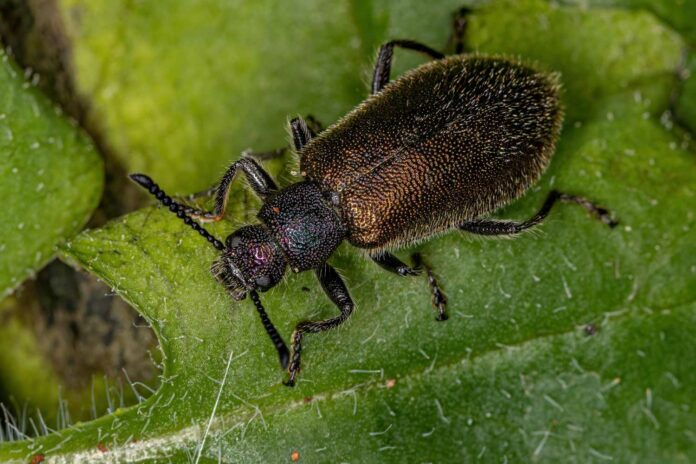Lyme disease, caused by tick bites, affects many people yearly in the US. Antibiotics clear most cases, but some have lasting symptoms. Researchers from the University of Helsinki and MIT have discovered a protein in human sweat that protects against Lyme disease. An associated genetic variation affects one in three persons.
Although the precise mechanism by which the protein prevents the growth of the bacteria that cause Lyme disease is unknown, researchers intend to leverage this protective feature of the protein to develop anti-infective skin creams or treat illnesses resistant to medications.
Michal Caspi Tal, a principal research scientist in MIT’s Department of Biological Engineering and one of the senior authors of the new study said, “This protein may provide some protection from Lyme disease, and we think there are real implications here for a preventative and possibly a therapeutic based on this protein.”
Lead author Satu Strausz, a postdoc at the University of Helsinki, coauthored a study published in Nature Communications with Hanna Ollila, a senior researcher at the University of Helsinki and the Broad Institute of MIT and Harvard.
The study explores a surprising link between Lyme disease and a bacterium called Borrelia burgdorferi. Spread by ticks, symptoms include fever, headache, fatigue, and a bulls-eye rash. While most patients recover with antibiotics, some experience lingering symptoms like fatigue and memory problems.
Once postdocs at Stanford, Tal, and Ollila began a study years ago to find genetic markers for Lyme disease susceptibility. They used a Finnish dataset of 410,000 individuals, including 7,000 with Lyme disease, to do a genome-wide association study.
This research found three genetic hits, one of which was a secretoglobin known as SCGB1D2. These proteins play a role in immune responses and are found in lung tissues. This was unexpected because SCGB1D2 is mainly generated in sweat glands.
To understand how the protein affects Lyme disease, researchers created normal and mutated versions of SCGB1D2. They tested them on Borrelia burgdorferi in the lab. It was discovered that the mutant protein needed twice as much protein to have the same effect on bacterial growth as the standard protein. Mice were given injections of the altered protein. After a month, the mice exposed to the regular version did not become infected.
After posting initial findings, Estonian researchers replicated the study using data from the Estonian Biobank, confirming the results. Although the exact mechanism of the mutation is unknown, it involves a shift in amino acid from proline to leucine, which may impact protein structure.
Researchers will apply the protein to the skin of mice to evaluate its ability to prevent Borrelia burgdorferi infections and investigate its potential as a therapy for infections resistant to antibiotics.
Professor Kara Spiller of Drexel University believes this finding may offer a novel strategy for preventing skin infections such as Lyme disease. Nonetheless, immunity to Lyme disease is not a given, even if one carries the protective form of SCGB1D2.
Factors like sweating during a tick bite may still influence infection. SCGB1D2 is one of many secretoglobin proteins in the body, prompting further research into their roles, especially in the lungs, where many are found. Tal aims to explore their potential as antimicrobial proteins, a new area of study in immunology.
In conclusion, finding a protective role of a protein in human sweat against Lyme disease offers hope for prevention. Further research is required to understand the mechanisms and potential applications fully. While promising, other factors may also affect susceptibility to Lyme disease, so caution is advised.
Journal reference:
- Strausz, S., Abner, E., Blacker, G. et al. SCGB1D2 inhibits growth of Borrelia burgdorferi and affects susceptibility to Lyme disease. Nature Communications. DOI: 10.1038/s41467-024-45983-9.
